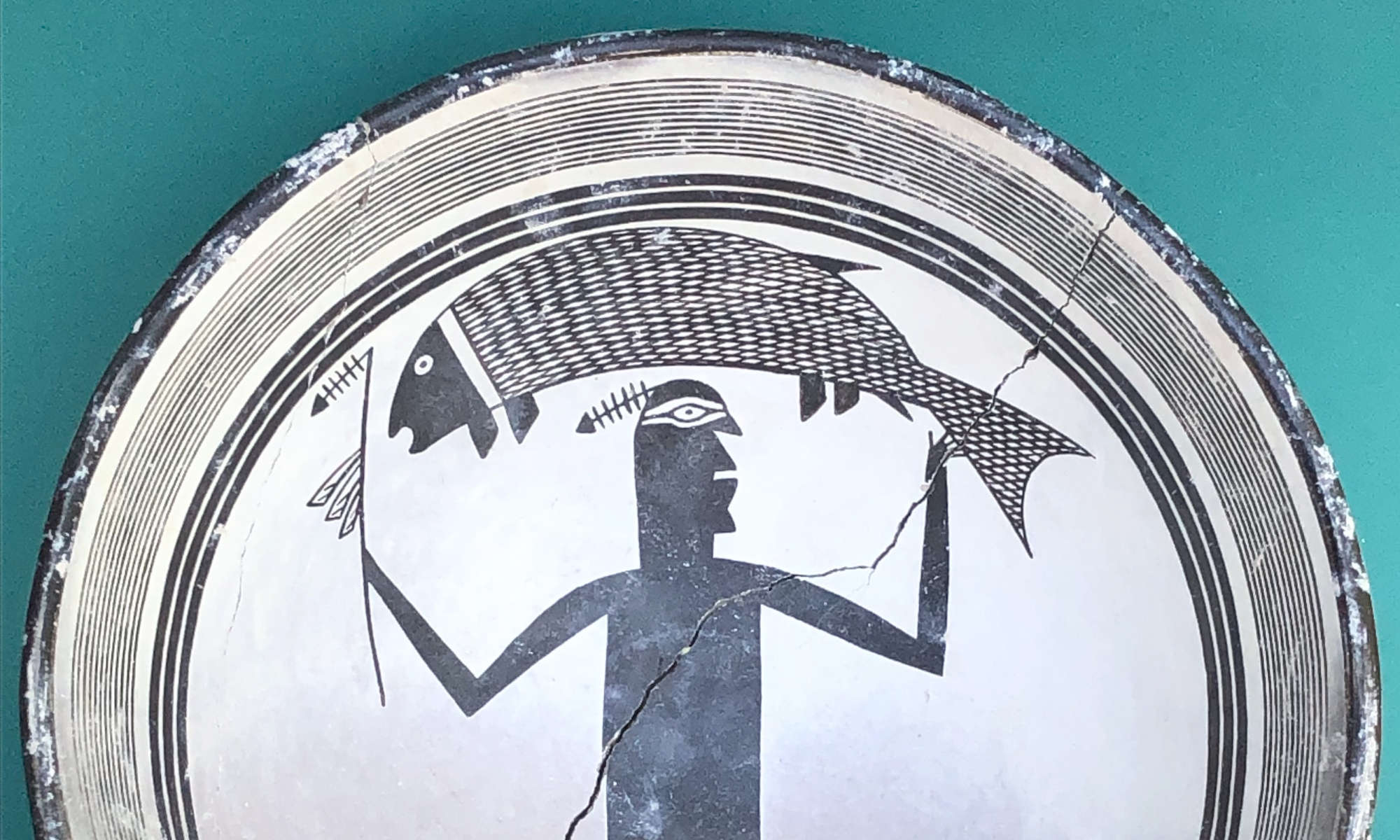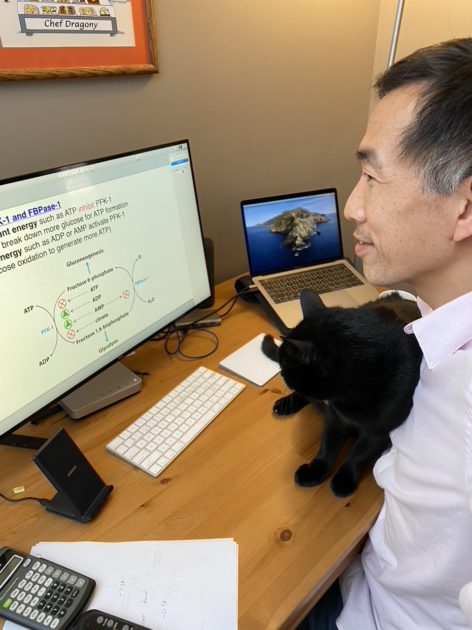
At the University of Rochester, Dragony Fu, an assistant professor of biology, and Alexis Stein, an assistant professor of instruction in the biology department, have been coteaching a biochemistry class this semester composed of more than 250 students. How has the move online fared? Some technical aspects of the course have proven more easily adaptable than others. Fu, who develops and presents the lectures, pre-records lectures in his home office and posts the videos for students to view the day before the scheduled online class meeting. He holds office hours during his normal lecture hours so students can ask questions about the lecture immediately after watching it.
But the lab component—in which students would typically perform experiments, generate data, and provide their analyses—has proven more challenging.
Nonetheless, Stein has come up with a creative solution.
Stein develops the content of the labs—including video tutorials, handouts, and online assignments—for the entire class and personally teaches a lab section of 20 students.
Says Fu: “I have been fortunate to have a wonderful colleague, Professor Stein, who is the lab instructor and has reformatted the labs.” After she filmed herself performing the experiments, the students have begun to analyze the data Stein generated. “While the students will not have the hands-on experience,” says Fu, “they can see how modern science is performed, and perform the same analyses that would have been done anyway.”
Computer modeling offers head start on virtual labs
Stein, who is teaching from a workstation set up at her kitchen table in the Rochester suburb of Pittsford, has been moving the lab portion of the course toward computer modeling for the past two years. As a result, she had virtual labs already in place for many of the lessons.
“One benefit to moving online is the students view these as labs,” Stein says. “When we met in person, they resisted the concept that computer modeling was a valid type of bench science. So, the students have been making predictions, running simulations, and answering questions. I think it has been fairly effective so far.”
Stein records brief, 5- to 10-minute introductions in which she discusses the scientific question that will be addressed in the lab. But she wasn’t able to pre-record all of the labs before the campus shut down in March.
“I had wanted to record a video of me doing one of my experiments at the bench before the University shut down, but I actually had a fever and wasn’t feeling well that last week and stayed home in case I was sick with the coronavirus. I did not qualify for testing, so staying home was my only option,” she says.
This particular lab consisted of “feeding” yeast various types of sugar and calculating the rate of consumption. The students were then to determine how the metabolic pathways differed for each sugar source and to hypothesize what was happening at the enzymatic level.
“Since the students couldn’t feed the yeast themselves, I just walked them through photos of the set-up and then provided them with data to analyze on their own, or with their lab partners virtually,” Stein says. “If I had more time, I could envision the online version of this lab having animations that allowed the students to visualize the lab happening, and give them more of a sense of how the yeast were metabolizing sugar.”
Stein says the online teaching experience has allowed her to become a “Zoom expert.” “I am currently developing my summer genetics course into an online format, and I am learning new strategies about how to assess the material in less traditional manners, such as more small assignments and fewer big tests,” she says.
Missing face-to-face dialogue
Like professors around the globe, Fu and Stein have found that no adaptation can entirely replace what comes from face-to-face dialogue with students.
“When I teach my labs in person, it is an active dialog with the students in my class and myself, and I like to have the ‘story’ of the lab unfold as a group together,” Stein says. “In the virtual setting, it is logistically challenging to keep everyone together. Most of the students have completed the lab prior to the Zoom meeting—which is great—but the discussion becomes more question-and-answer, and less of a journey. I miss that aspect of teaching very much.”
For his part, Fu has found that videorecording lectures isn’t as easy as it might seem.
“While I knew there was going to be an adjustment period lecturing in front of a screen, I have learned that recording a well-paced, coherent lecture is definitely different than lecturing in person in front of students,” he says.
And there’s something he’d like to say directly to the students: “We miss interacting with all of you, and are trying our best to provide you with the intellectual experience that you deserve!”
Read more
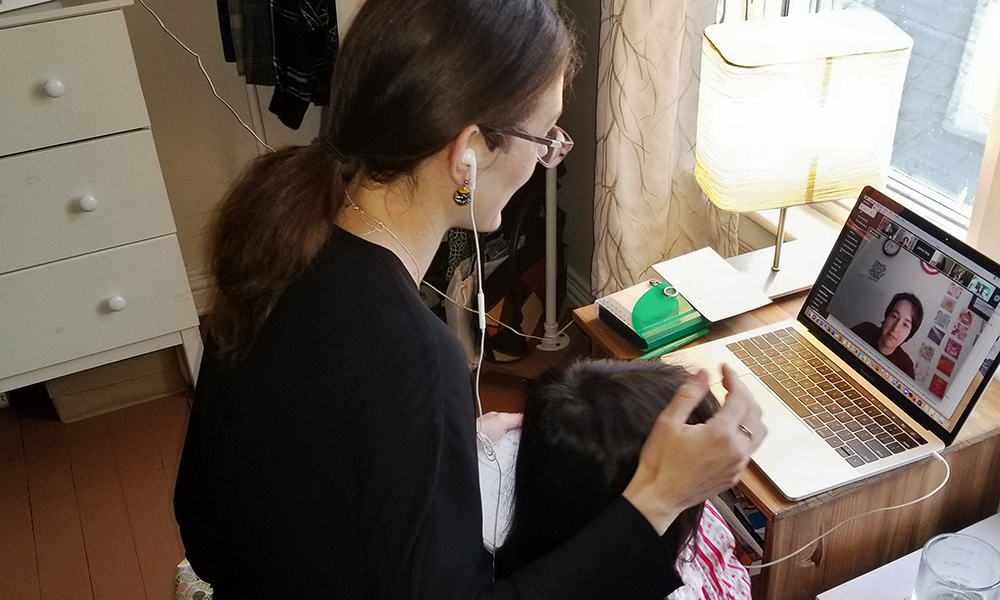 Faculty couple reflects on the challenges—and surprises—of pandemic life
Faculty couple reflects on the challenges—and surprises—of pandemic lifeFor history professors Molly Ball and Pablo Sierra Silva, adjusting to online teaching and caring for three young children has been a learning experience.
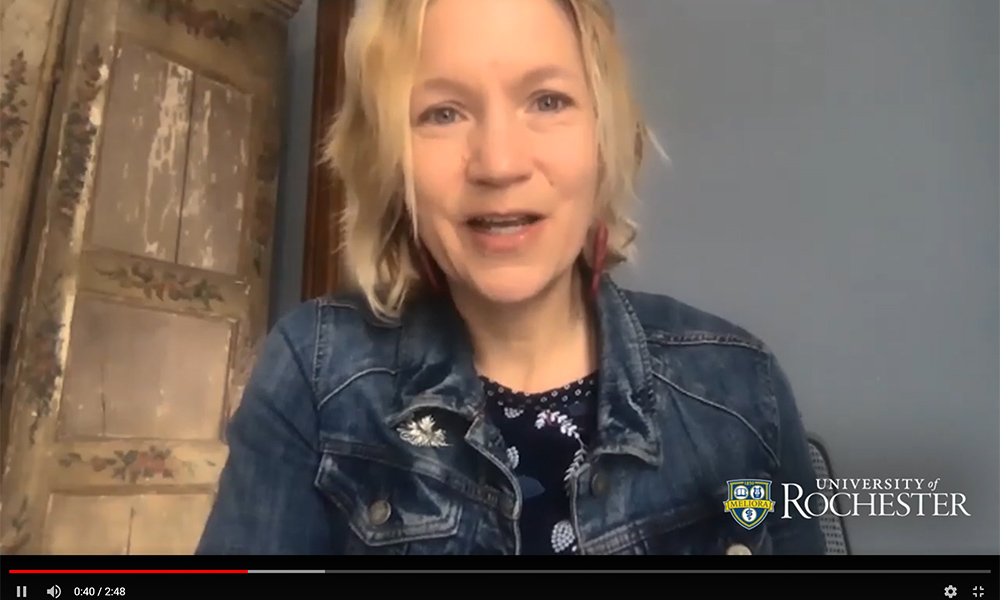 Faculty members reflect on remote teaching
Faculty members reflect on remote teachingSince classes at the University moved online for the final six weeks of the spring semester, it’s been an adjustment for faculty, just as it has been for students. We asked some of those faculty how they are adjusting and adapting, and what lessons it has taught them.
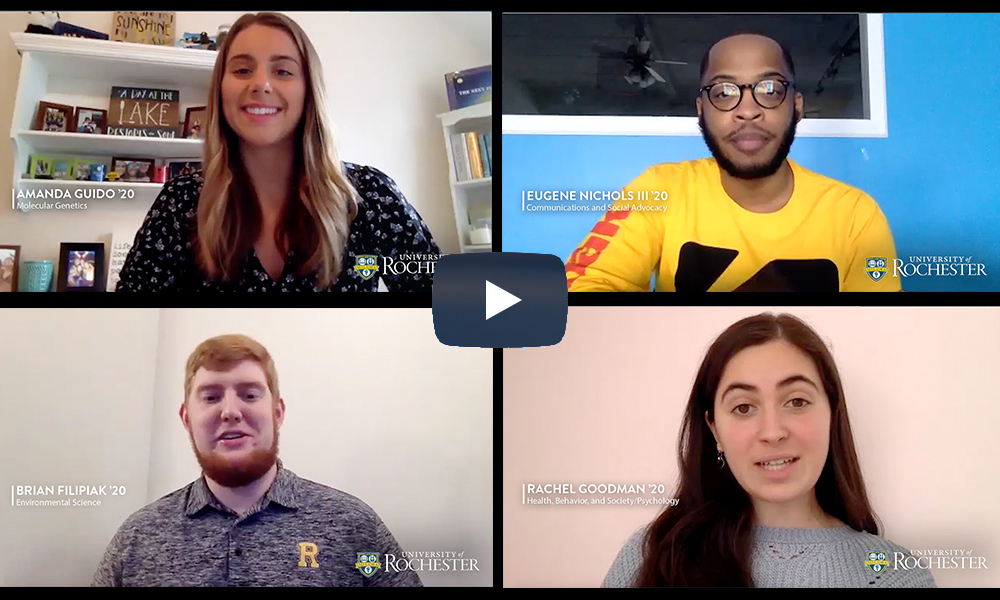 We’re all in this together
We’re all in this togetherA few of the undergraduates who have been studying remotely since March talk about the transition and what it’s meant for them as students and members of the University community.




